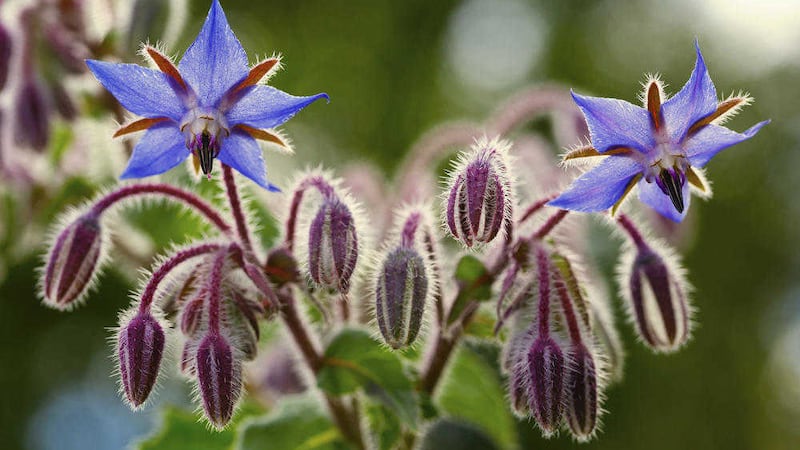THE textbook that a few years ago helped me secure an RHS horticulture qualification dedicates very little space to the subject of companion planting.
"There is a school of thought that some pests and diseases can be deterred by companion planting," states Peter Dawson’s A Handbook for Horticultural Students (2006). "This entails planting some other plant alongside the crop, which will stop the crop being attacked."
There then follows three brief examples – French marigolds in a greenhouse to prevent whitefly; garlic under roses to prevent blackspot; and mint around brassicas to deter the cabbage white butterfly.
It’s a textbook, so we can expect the prose to be a little dry; nevertheless, I sense contempt and scepticism in Dawson’s terse words on the subject of companion planting. It’s an attitude that’s apparently reflected across much of the scientific and academic world, where conclusive proof has yet to be found that one kind of plant benefits another kind of plant simply by its close proximity.
For others, however, companion planting is a given. A few years back I had the pleasure of interviewing the amiable Bob Flowerdew, regular contributor to Radio 4’s Gardeners' Question Time and plait-sporting doyen of Britain’s burgeoning organic horticulture scene.
Bob confessed to a 20-year-plus preoccupation with companion planting and more than two decades’ worth indexed records to support his conclusions. He likened plant interactions to our relationships with fellow humans – some people we get on with, others we don’t. Any doubts about the efficacy of a practice that’s been used for centuries by native Americans and other pre-industrial horticulturists were quickly banished.
The idea behind companion planting is simple and reflects nature’s predilection for harmony rather than conflict. By grouping certain combinations of plants together, it’s argued that some will bring natural benefits to others, thereby improving growth and teh general health of the garden. Companion planting works best with vegetables and is utilised in a variety of ways, including camouflaging, repelling and through soil improvement.
Camouflaging is employed to confuse predators, such as carrot fly, who feast on your tender vegetables. To achieve the best results intersperse particularly smelly plants such as onions and garlic among vulnerable crops, thereby overwhelming the predator’s senses and leaving it with little choice but to look elsewhere for food.
Repellents work in a similar way by giving off odours that insects find unsavoury. Garlic, again, is the weapon of choice when defending your plants from attack by beetles and aphids.
Another companion-planting strategy involves attracting insects into your garden that will eat pests. Ladybirds, for example, have a penchant for aphids, so the more pollen-rich plants you grow – dill, parsley and thyme – the less you’ll be bothered. Sacrificial planting, ironically, involves luring pests into your garden but away from your prized crop to nearby plants that will hopefully provide all the food they need.
Meanwhile, some plants can be used to improve soil quality in your vegetable patch. Legumes such as peas, beans and lupins, have an ability to fix nitrogen in the soil. If using this approach, leave the roots of the plants in the soil after they have expired.
FOUR IDEAL COMPANIONS
:: Borage beside strawberries will help them fight off disease and produce bigger and better-tasting fruit.
:: Foxgloves close to potatoes and tomatoes will stimulate growth and protect them against fungal disease.
:: Nettles near any crop will ensure good health and flavour as they excrete silica, formic acid, nitrogen, iron and protein. They also protect against aphids and mildew.
:: Leeks and carrots, grown in alternate rows, will protect each other from insect attack.








